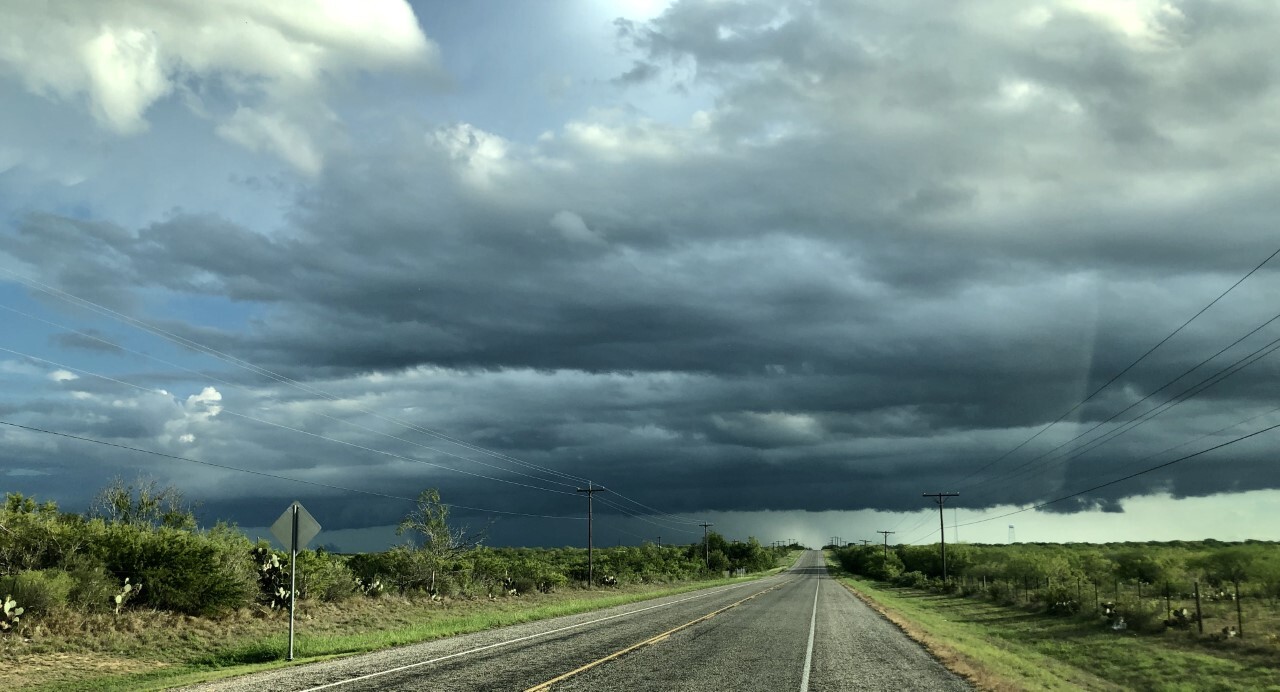CORPUS CHRISTI, Texas — Desalination in the Coastal Bend: A desalination plant would take saltwater from the Gulf of Mexico or Corpus Christi Bay, and convert it into drinking water.
Right now, The Port of Corpus Christi and the City of Corpus Christi are separately requesting permits to build a desalination plant.
The City of Corpus Christi has requested two permits, as has the port.
Here's a map showing the proposed locations by each entity.
But the race to decide which outfit should lead those efforts recently has led to a public dispute.
A few weeks back, Corpus Christi City Council had strong words for two port commissioners and the port's CEO Sean Strawbridge. The council complained of a lack of communication from the port.
"We want to see cooperation with the City of Corpus Christi as we go forward with the permitting process for desal plants," said City Councilman At-Large Mike Pusley.
The Texas Commission on Environmental Quality grants the permit. Its commissioners will meet May 19 to discuss the Port's permit request for Harbor Island. If the port receives the permit to develop a plant, Strawbridge said it hopes to work with the City of Corpus Christi to distribute the water.
Watch the TCEQ meeting here:
You can listen to the May 19 meeting, dialing in by phone toll-free at 415-655-0052 access code 809-814-013.
He believes working together would benefit both entities.
"Certainly we want to sit down with the largest provider/distributor of water in the region, which is, of course, the City of Corpus Christi," Strawbridge said. "They have all the distribution network. They have the water-treatment facilities. They have the billing apparatus, and certainly have the relationship with the rate payers -- both the industrial and residential rate payers. So they’re really sitting in pole position to be the largest beneficiaries of any water initiative that is that is developed here in the region."
The last time Strawbridge went before the council, the port and city leaders agreed to continue having discussions to continue discussing desalination.
He said those conversations have taken place, and will continue to.
"Look, if you're not talking, that's when there's real problems. I've known the mayor (of Corpus Christi) for a long time, and Peter Zanoni, and I speak (with them) regularly," he said. "Right now, they recognize, too, permitting is their primary mission. It's certainly our primary mission, and having more permits to pursue gives everybody options. So even though we're on independent and parallel paths, there's a lot of communication that goes on between the city and the port and has been since the inception of our pursuit of our permits."
Desalination, he said, would allow the port to ease its reliance on surface water, which can be hard to come by at times.
"Here we are in 2021," he said. "We just experienced a very significant winter storm -- much worse than the one in 2011 -- and we are at 35 percent water levels today. We could see a repeat of what we saw in 2012 and 2013, and it’s unfortunate that here we are, a decade later, and we still don’t have a codified solution for a water issue. We are still reliant upon Mother Nature and the heavens to open up and supply us with water. That’s not a sustainable strategy."

When asked if the port's goal is to sell water, Strawbridge said its objective is to procure an uninterruptible, sustainable water supply -- the same as in the 1990s, when he said the Port Authority started the wheels turning on the Mary Rhodes pipeline.
"It was not the city (of Corpus Christi)," he said. "And it was because, back in the 90's, the Port Authority recognized that we did not have enough water and the city was not in a position to act upon that, so the Port took the initiative to do that, and then handed that to the city."
The city now operates and maintains that pipeline.
"And it's the great citizens of the Coastal Bend that benefit from that," he said.
Strawbridge said he sees a lot of similarities between the 1990s era that forced local officials to find alternate water sources for Corpus Christi residents, and again sees how being a self-sustaining organization financially benefits the region as a whole.
"The dollars that we earn and the revenue that we generate are not taxpayer dollars. They’re dollars from providing services to our customers of our leasing property to customers, so we don’t have the same type of constraints that the city may have on utilizing taxpayer dollars, and in assessing taxes," he said. "So we have the ability to then reinvest our dollars back into this infrastructure, and, as we talked about, from an economic standpoint."

The port's objective, however, has ruffled feathers within the local environmentalist community, which worries that the brine, or salt, will harm the local sea life. Strawbridge said modifications to current project designs could ease that concern, and are certainly still on the table.
He also said the port has contracted experts and had models drawn up for guidance on how to respect the local aquatic life, and that their research indicates that the location of where the salt would be deposited into the ship would counterbalance the amount of brine recycled into the ship channel and dilute it appropriately.
The reason that particular spot -- the confluence of the Gulf of Mexico, the ship channel, the Aransas channel and the Lydia Ann Channel -- has been identified, is because it creates what he called a natural hydrological action. The water there, he said, moves very fast.
"I mean, those currents are moving from 1 to 3 knots at any given time," Strawbridge said. "It's really ripping out there. And so that was one of the reasons why we felt that that was a a good location, but moving it offshore is not something that we have completely ruled out."
There aren't a lot of studies available to consult on the matter, he said, but one in Sydney, Australia, has uncovered some surprising results.
"The city of Sydney, in Australia, relies heavily upon seawater desalination for it water supply, given the arid climate," he said. "(It's) very similar to to us here in the Coastal Bend, and what it found is -- in its discharge location -- aquatic life actually increased 300 percent. That completely shocked researchers, and that's something that we are certainly working with research firms to try and understand why is that."

The question is, would the Coastal Bend see similiar results?
"Of course, we're in a different water environment and aquatic environment," he said. "But, when you look at the data and the science, it clearly indicates to us that is a sufficient location to re-introduce that brine."
Moving the apparatus offshore costs about 10 times what it does to build on land, Strawbridge said, a cost that ultimately be seen by the customer.
"So these projects still have to have an economic liability, because ultimately they will affect the rate payer -- the users of that water," he said. "And you want to make sure that you're trying to get the most water distributed at the least cost so you can provide the best rate for the consumer of those waters."




